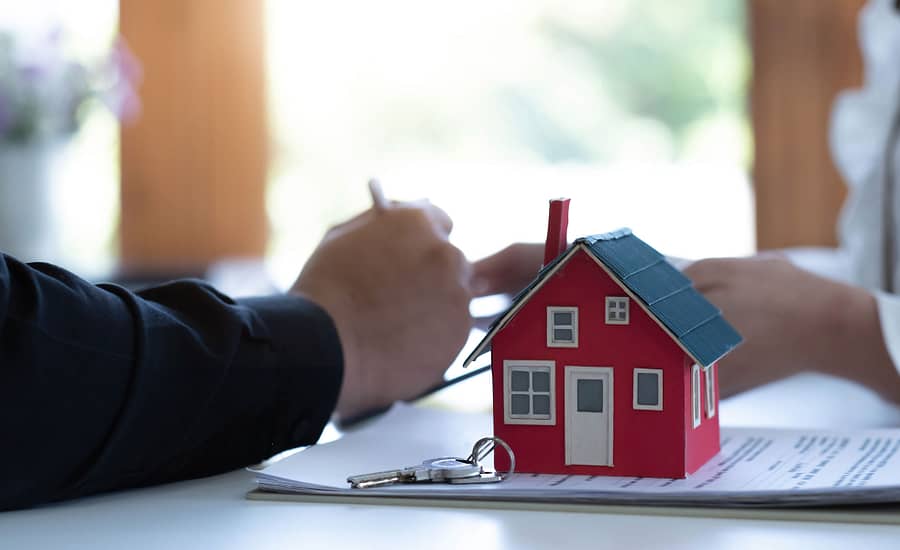
What is a HELOC and what can you do with it?
In my years in banking I have seen mortgage products evolve from very restrictive mortgages to products that are now much more client-focused. One of my favourites is the Home Equity Line of Credit, or “HELOC” (pronounced “hee-lock”). It has many uses and tremendous flexibility.
So what’s a HELOC?
In brief, it’s a reusable line of credit secured by your home. It works sort of like a credit card – you have a maximum limit, of which you can use part or all, you can access it with cheques, bank card, or electronic transfer, and you make monthly payments.
The maximum limit on a HELOC is currently 65% of the appraised value of your home. If you already have a mortgage, a HELOC can be set up “behind” the mortgage. Some lenders also offer a product that is like an umbrella, which can hold a HELOC and one or more mortgages inside it. As the mortgage is paid down, your HELOC limit can be increased automatically or by request (up to 65% maximum). Or, if your home is fully paid off, a HELOC can be set up on its own.
There are a couple of nice features – the minimum monthly payment is usually interest only, which keeps it very small, and the interest rate you pay is usually prime rate (currently 3%) plus ½% – 1%. So, compared to unsecured lines of credit or credit cards, you pay a lot less in interest.
If you do not require all the funds of a mortgage at once, and just need credit available to you in times of need, this is a good option. By not withdrawing all of the funds at once, you are only paying interest on the money that you have withdrawn rather than the total available amount.
What would you use a HELOC for?
Here are good nine uses:
1. Buy investment property
2. Buy non-real estate investments
3. Make occasional large purchases such as a car purchase or major home repairs
4. Fund a renovation
5. Fund a business
6. Buy a college or university property for a child
7. Help with a grown child’s down payment on their first home
8. Pay off higher interest debts such as credit cards or loans
9. Fund your retirement
What should you watch out for?
There are two things you need to be aware of with this product. First, since the minimum payment is only the interest charged, you would never pay off the money owed if you always pay only the minimum payment. You may not care about this if you’re deducting the interest from the income earned on investments or rental property. But if you’ve used the HELOC to fund a non-tax-deductible loan such as a car purchase, you should make more than the minimum payment to pay it off as quickly as possible.
Second, the interest rate fluctuates with the prime rate. So although we’re currently in a very low interest rate environment, at some point down the road, the rates are likely going to increase. If this happens, so will your payment. You need to run a couple of sample scenarios to consider whether you’ll still be comfortable with the payments if the prime rate goes up by 1, 2, or 3%.
In summary?
If you’re thinking you might want to get more versatility out of your existing property or a new home purchase, consider adding a HELOC into the mix.
And, if you have any ideas you want to run by me, feel free to get in touch!
Photo [c] wichayada suwanachun for vecteezy dot com



[…] appraisal is almost always required. Especially in the case of re-advanceable mortgages, such as a Home Equity Line of Credit, the lender wants to know that the value of the property is rock solid, since you can access the […]
[…] to break your current mortgage is too high, and you don’t have enough income to qualify for a HELOC or second mortgage with a financial […]
[…] and if you still have a source of income to qualify, this might be a good option. Setting up a Home Equity Line of Credit, or “HELOC”, will enable you to access the funds tied up in your home. Although there […]